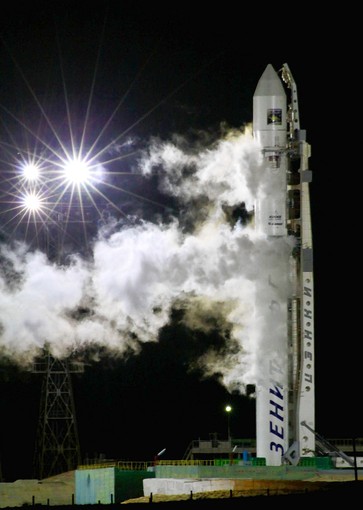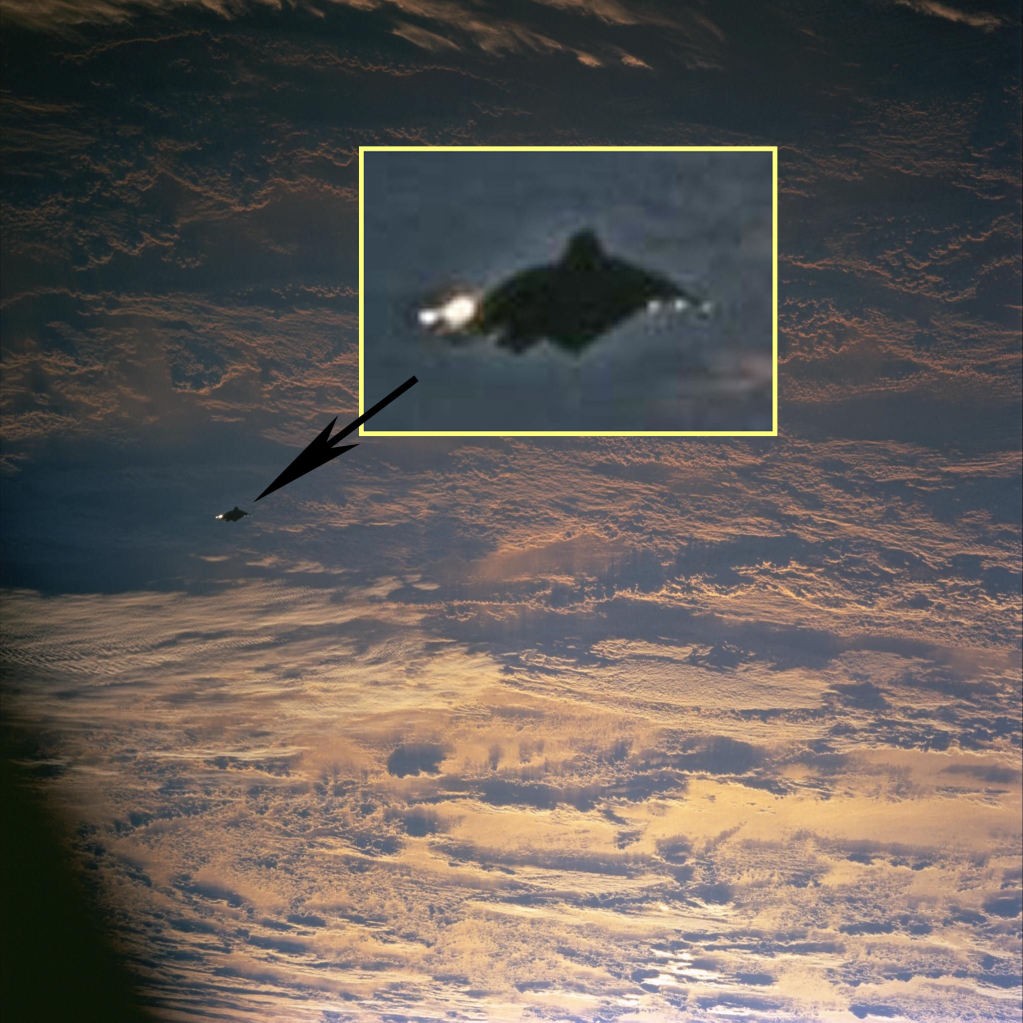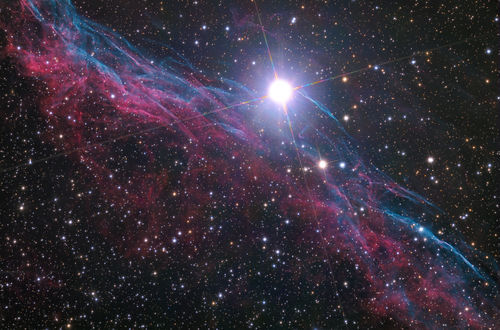    |
The Phobos-Grunt [2nd photo left before liftoff] mission was intended to return to Earth a sample from the Mars moon Phobos where on 31 March 1989 Soviet scientists reported the loss of another Russian spacecraft after it encountered what the last photographs show was a 20-meter long UFO.
Important to note, ROSCOMOS says in their report, is that the loss of Phobos-Grunt is but the latest of a number of Earth-orbiting satellites to fall victim to the “Black Knight’s” transmissions and include a 6-tonne NASA satellite that plunged to its death on 24 September and a 1.7-tonne German satellite that met a similar fate on 23 October.
Also, in December, three Russian navigation satellites failed to reach orbit, in April ROSCOMOS lost contact with a military satellite, in August the Russian Progress cargo spacecraft crashed after an abortive launch to take supplies to the International Space Station, and the American space agency NASA ended all shuttle flights.
The American journalist and influential UFO expert John Keel (1930-2009) in his 1995 book tilted “Disneyland of the Gods” [PDF Link] wrote this about the “Black Knight” satellite:
“While both the United States and the Soviet Union were racing to launch relatively small satellites into orbit in the late 1950s, astronomers and military tracking stations were following the course of something huge. In February 1960 the US detected an unknown object in polar orbit, a feat that neither they or the USSR had been able to accomplish. As if that wasn't enough, it apparently was several sizes larger than anything either country would have been able to get off the ground.
And then, the oddness began. HAM operators began to receive strange coded messages. One person in particular said he managed to decode one of the transmissions, and it corresponded to a star chart. A star chart which would have been plotted from earth 13,000 years ago, and focused on the Epsilon Bostes star system.
On September 3, 1960, seven months after the satellite was first detected by radar, a tracking camera at Grumman Aircraft Corporation's Long Island factory took a photograph of it. People on the ground had been occasionally seeing it for about two weeks at that point. Viewers would make it out as a red glowing object moving in an east-to-west orbit. Most satellites of the time, according to what little material I've been able to find on the black knight satellite, moved from west-to-east. It's speed was also about three times normal. A committee was formed to examine it, but nothing more was ever made public.
Three years later, Gordon Cooper was launched into space for a 22 orbit mission. On his final orbit, he reported seeing a glowing green shape ahead of his capsule, and heading in his direction. It's said that the Muchea tracking station, in Australia, which Cooper reported this too was also able to pick it up on radar traveling in an east-to-west orbit. This event was reported by NBC, but reporters were forbidden to ask Cooper about the event on his landing. The official explanation is that an electrical malfunction in the capsule had caused high levels of carbon dioxide, which induced hallucinations.” [Page 18 at PDF link]
Though this ROSCOMOS report does not detail what the latest transmissions emanating from the “Black Knight” are it does warn that the crash of Phobos-Grunt to Earth could very well become the “most toxic falling satellite ever.”
Original estimates on the battery's lifespan gave it only several days, but Vladimir Popovkin, who heads up ROSCOMOS, said on Wednesday that Russian scientists had two weeks to restart the probe's booster before its batteries run out.
However, other space agency workers have been less optimistic. A source at the Baikonur Cosmodrome told the online newspaper Gazeta.ru that there was only 36 hours left to contact the spaceship, because after that power would be too low and “re-establishing contact with the craft would be impossible.”
Interfax further quoted a source in the Russian space sector as saying “Overnight, several attempts were made to obtain telemetric information from the probe. They all ended with zero result.”
James Oberg, a NASA veteran who now works as a space consultant, said in an email to the Associated Press warned that “What was billed as the heaviest interplanetary probe ever may become one of the heaviest space derelicts to ever fall back to Earth out of control.”
This is due to Phobos-Grunt having about 7 tons of nitrogen tetroxide and hydrazine, which could freeze before ultimately entering the Earth’s atmosphere that will make it the most toxic falling satellite ever.

No comments:
Post a Comment